Exercise balls are a fantastic addition to any fitness routine, offering a range of benefits that can help you look and feel your best. Whether you're aiming to strengthen your core, improve your balance, or simply make workouts more enjoyable, these inflatable balls can be a game-changer. Let's explore why incorporating an exercise ball into your routine is a smart choice for maintaining your appearance and health.
Benefits for Core Strength and Health
Exercise balls are particularly effective for core strengthening, engaging muscles like your abs, lower back, and obliques. This can lead to better posture and reduced back pain, which is crucial for a healthy, confident appearance. Studies, such as one from the Journal of Strength and Conditioning Research, show that exercises on an exercise ball can activate core muscles more than traditional floor exercises Exercise Ball Therapy for Lower Back Pain Relief | Spine-health.
Versatility and Fun Factor
Beyond the gym, exercise balls can be used as ball chairs in the office for active seating, improving posture while you work. They're also ideal for at-home gyms and can even serve as birthing balls during pregnancy, providing comfort and support. Their instability makes workouts fun and engaging, helping you stick to your fitness goals with a playful twist.
Survey Note: Comprehensive Analysis of Physiotherapy Ball Benefits
This detailed analysis explores the multifaceted benefits of exercise balls, also known as stability balls, Swiss balls, or fitness balls, for individuals seeking to enhance their appearance and health through self-care. The content is structured to provide a thorough understanding, incorporating research findings and practical insights, and is optimized for search engine visibility with relevant keywords seamlessly integrated.
Introduction and Relevance
Exercise balls have gained popularity as versatile tools in fitness and physical therapy, offering a dynamic approach to improving core strength, balance, and flexibility. For those looking to maintain their appearance and health, these inflatable exercise balls provide an engaging way to work out, whether at home, in the gym, or even at the office. This blog post delves into why incorporating an exercise ball into your routine can be transformative, covering its benefits, uses, and practical applications.
What is an Physiotherapy Ball?
A gym ball is a large, air-filled ball typically made of durable, burst-resistant plastic. It comes in various sizes, such as 45 cm, 55 cm, 65 cm, and 75 cm, to accommodate different heights and needs. Often called a stability ball, Swiss ball, or physio ball, it is used in gyms, physical therapy sessions, and workplaces. The ball's instability challenges the body to maintain balance, engaging multiple muscle groups, particularly the core, making it a physical therapy tool for rehabilitation and fitness enhancement.
Benefits for Core Strength
One of the primary advantages of using an exercise ball is its effectiveness in core training. The core muscles, including the abdominals, lower back, and obliques, are essential for maintaining good posture, stability, and overall body movement. When sitting or performing exercises on the ball, these muscles must work harder to keep you balanced, leading to strengthened core muscles over time. This is particularly beneficial for pain relief, as strong cores can alleviate back pain, a common issue for many.
Research from the Journal of Strength and Conditioning Research highlights that exercises on an exercise ball can lead to greater activation of the rectus abdominis and external oblique muscles compared to traditional floor exercises Exercise Ball Therapy for Lower Back Pain Relief | Spine-health. Additionally, studies suggest that using an exercise ball can help in physical therapy for patients recovering from back injuries, providing a controlled manner to strengthen core stability and reduce the risk of future injuries.
Benefits for Balance and Stability
Exercise balls are ideal for a variety of exercises that improve balance and stability. The wobble or instability of the ball forces the body to make constant adjustments, enhancing proprioception and coordination. This is perfect for balance training, especially for athletes and older adults looking to prevent falls or improve performance in sports requiring good balance, such as skiing or tennis. The evidence leans toward exercise balls providing vestibular input, which is beneficial for developing spatial awareness, particularly in children with sensory processing needs.
Benefits for Flexibility and Range of Motion
Using an exercise ball can significantly enhance flexibility and range of motion. Exercises involving stretching on the ball, such as torso rotations or leg stretches, help loosen tight muscles and joints, improving spinal mobility and overall flexibility. This is crucial for maintaining a healthy, agile body, reducing the risk of injury, and supporting an active lifestyle. The ball's versatility allows for movements that expand range of motion, making it a valuable tool for pilates and yoga enthusiasts.
Variety of Exercises and Engagement
The exercise ball offers a wide range of exercises, from basic to advanced, catering to different fitness levels. Examples include ball crunches for abdominal workouts, ball push-ups for chest and arms, ball squats for legs and core, and ball leg lifts for abs and legs. These types of exercises engage multiple muscle groups, making workouts more challenging and effective. The fun and engaging nature of bouncing on the ball or trying to maintain balance can make exercise sessions enjoyable, increasing motivation and adherence to fitness goals.
Suitable for Different Settings
Exercise balls are not limited to gym use; they are perfect for at-home gyms and can be used as flexible seating options in offices. Replacing a traditional office chair with a ball chair, also known as an office ball chair, encourages active seating, improving posture and engaging core muscles while working at a home office desk. This can help reduce back pain and promote better spinal alignment. Additionally, exercise balls are used as birthing balls for pregnancy, providing comfort and support during labor, and can be used for shoulder therapy in physical therapy settings.
Practical Considerations
When choosing an exercise ball, consider the size based on your height. For instance, a 65 cm diameter ball is suitable for adults between 5'8" and 6'2", while a 75 cm ball is better for taller individuals. Most exercise balls come with a pump included for inflation and have a ball plug to maintain air pressure. They are typically burst-resistant and may feature non-slip surfaces for safety, ensuring they are perfect for balance and stability exercises.
Unexpected Detail: Sensory and Therapeutic Uses
Beyond fitness, exercise balls, often called therapy balls in medical settings, can be used for sensory input and sensory processing, particularly in occupational therapy for children with special needs. Smaller balls, sometimes referred to as massage balls, can be used for myofascial release to alleviate muscle tension, adding another layer of therapeutic benefit.
Conclusion and Call to Action
Incorporating an exercise ball into your workout routine can offer numerous benefits, from improved core strength and balance to increased flexibility and a more enjoyable exercise experience. Whether you're looking to enhance your appearance through better posture or maintain health by reducing back pain, the exercise ball is a versatile tool that fits various settings. Try incorporating it into your next workout or even at your desk for active seating, and experience the difference for yourself. Share your experiences in the comments below or explore more self-care tips on our blog for further reading.
The Electric pumice for skin renewal is your reliable assistant in skin care, which will help you achieve smoothness and youth. Turn routine procedures into fun and enjoy visible results after the first applications! You can buy this device at the best price in our store.
Table 1: Exercise Ball Size Guide
|
Ball Diameter (cm)
|
Suitable Height
|
|---|---|
|
45 cm
|
Up to 4'11"
|
|
55 cm
|
5'0" to 5'7"
|
|
65 cm
|
5'8" to 6'2"
|
|
75 cm
|
6'3" and above
|
Table 2: Common Exercises with an Exercise Ball
|
Exercise
|
Muscles Targeted
|
|---|---|
|
Ball crunches
|
Abdominals
|
|
Ball push-ups
|
Chest, arms, core
|
|
Ball squats
|
Legs, core
|
|
Ball leg lifts
|
Abs, legs
|
Key Points
- Research suggests exercise balls, also known as stability balls or Swiss balls, can improve core strength, balance, and flexibility, making them great for workouts.
- It seems likely that using an exercise ball can help reduce back pain and enhance posture, especially when used in physical therapy or as an office chair.
- The evidence leans toward exercise balls being versatile tools, suitable for home gyms, offices, and even during pregnancy as birthing balls, offering fun and engaging workouts.


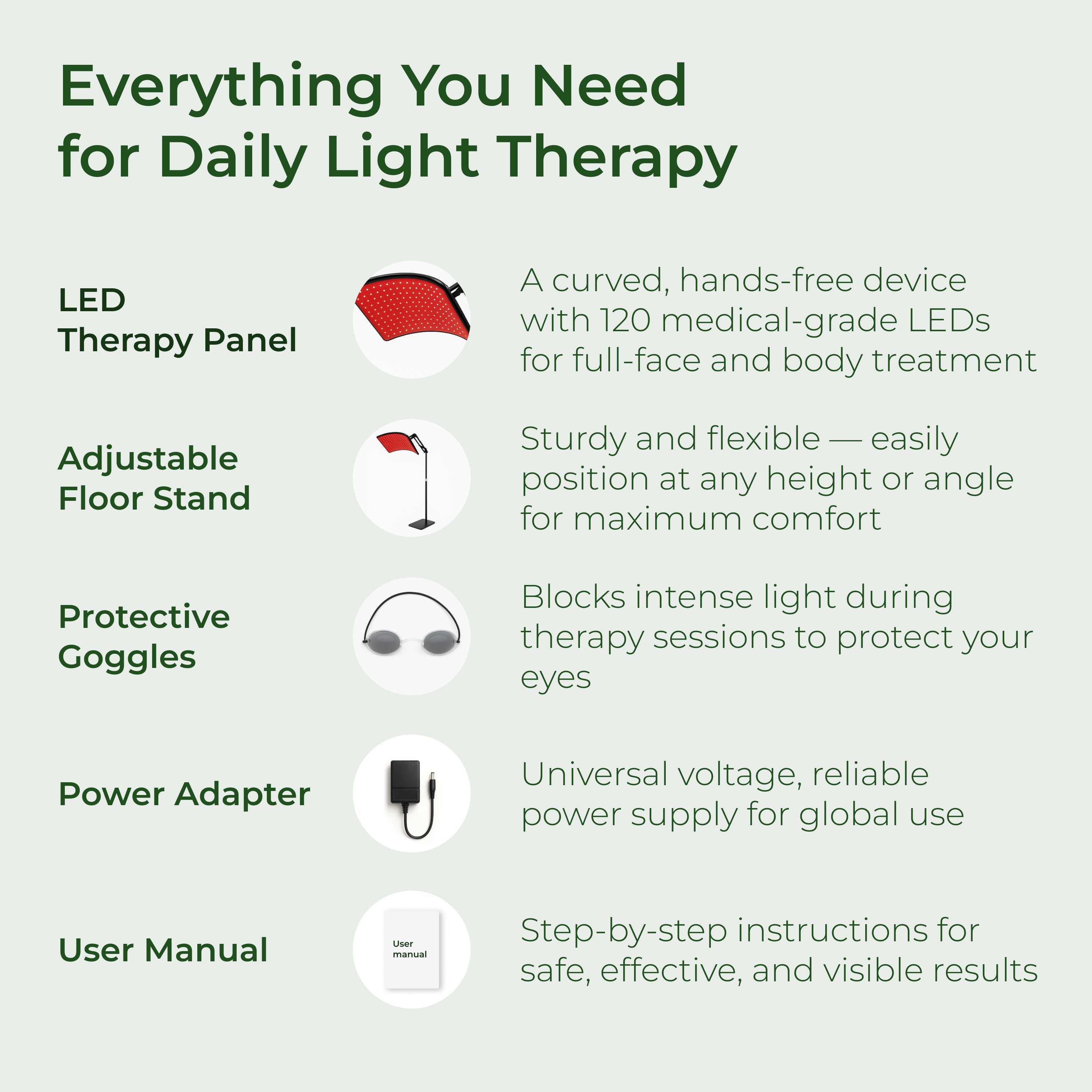

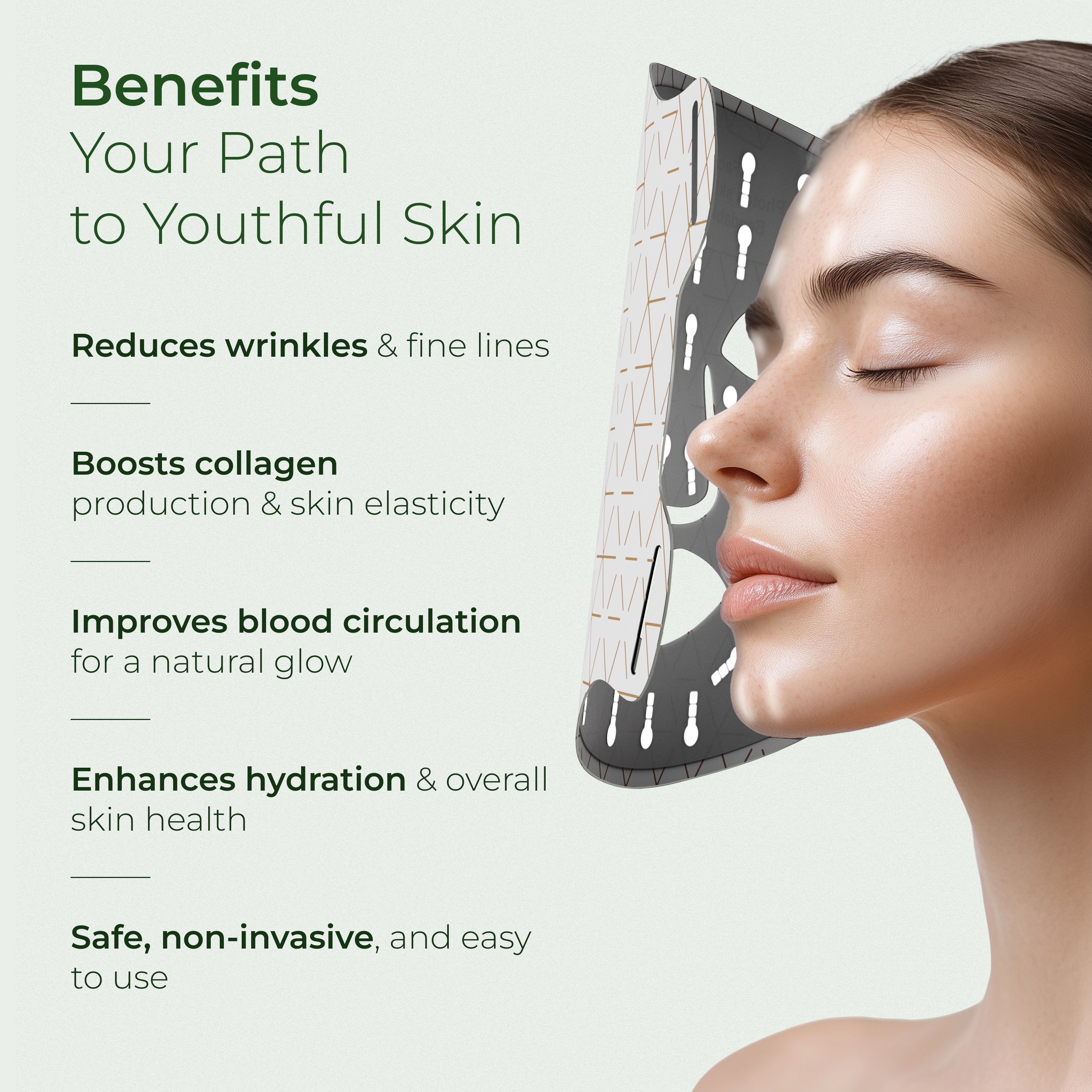


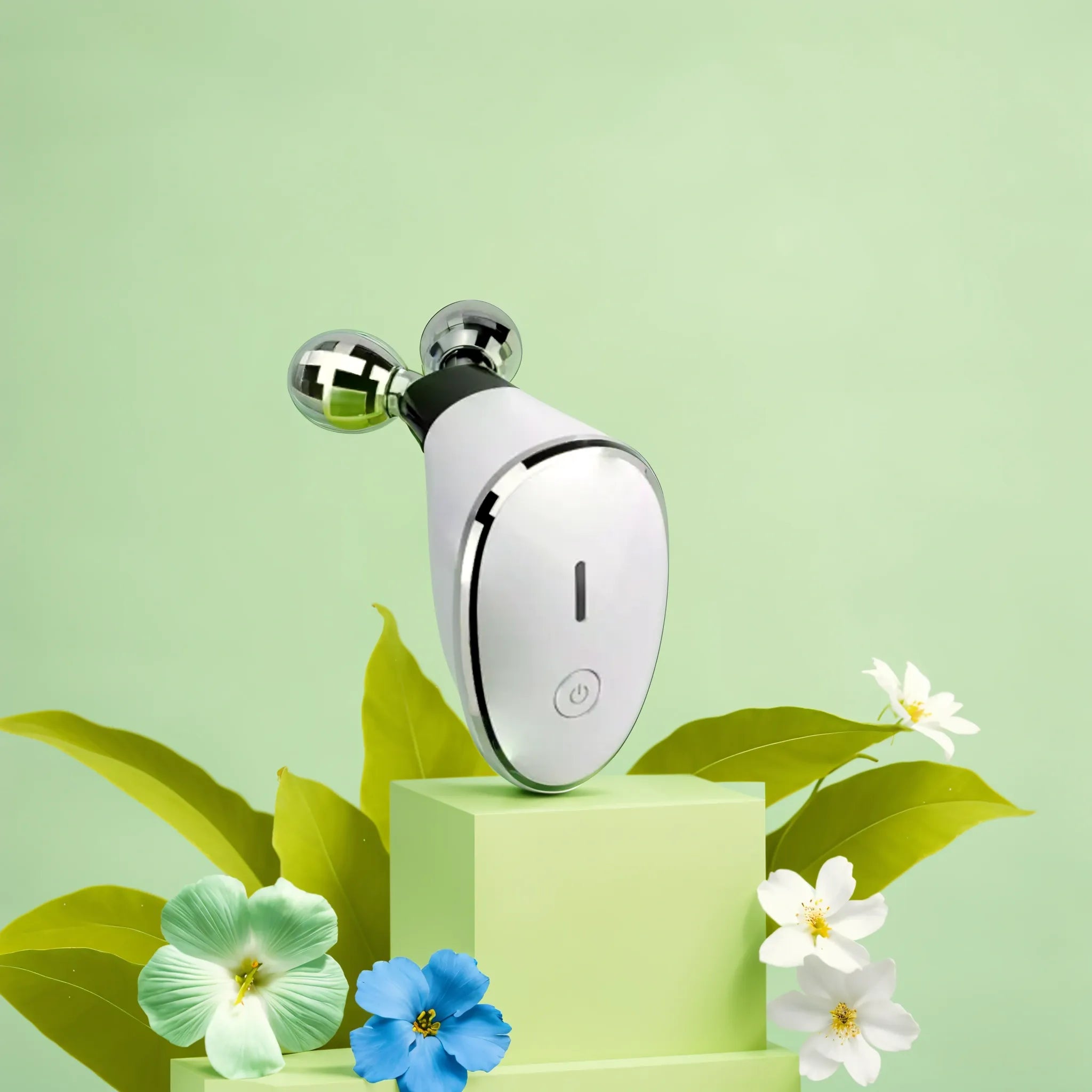
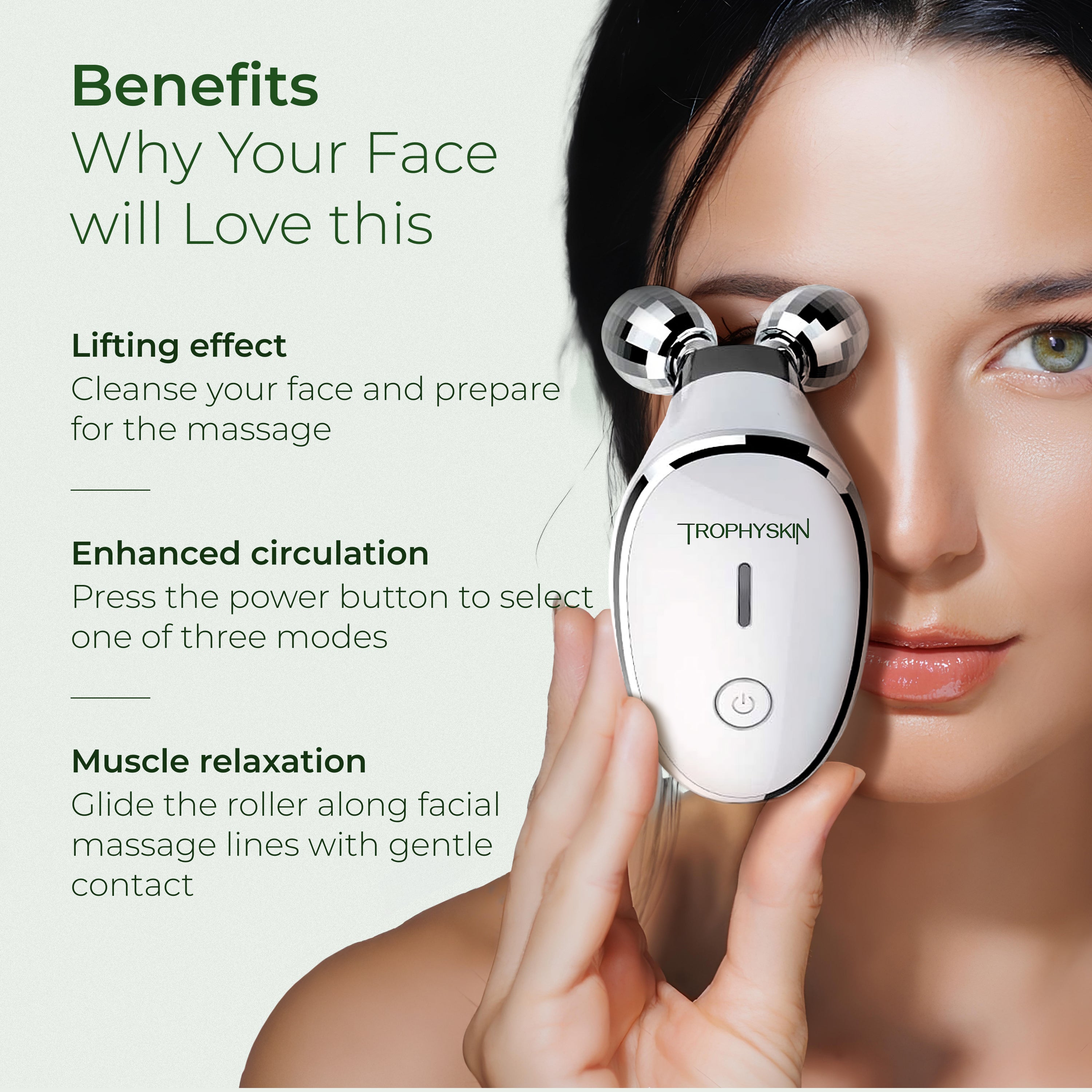




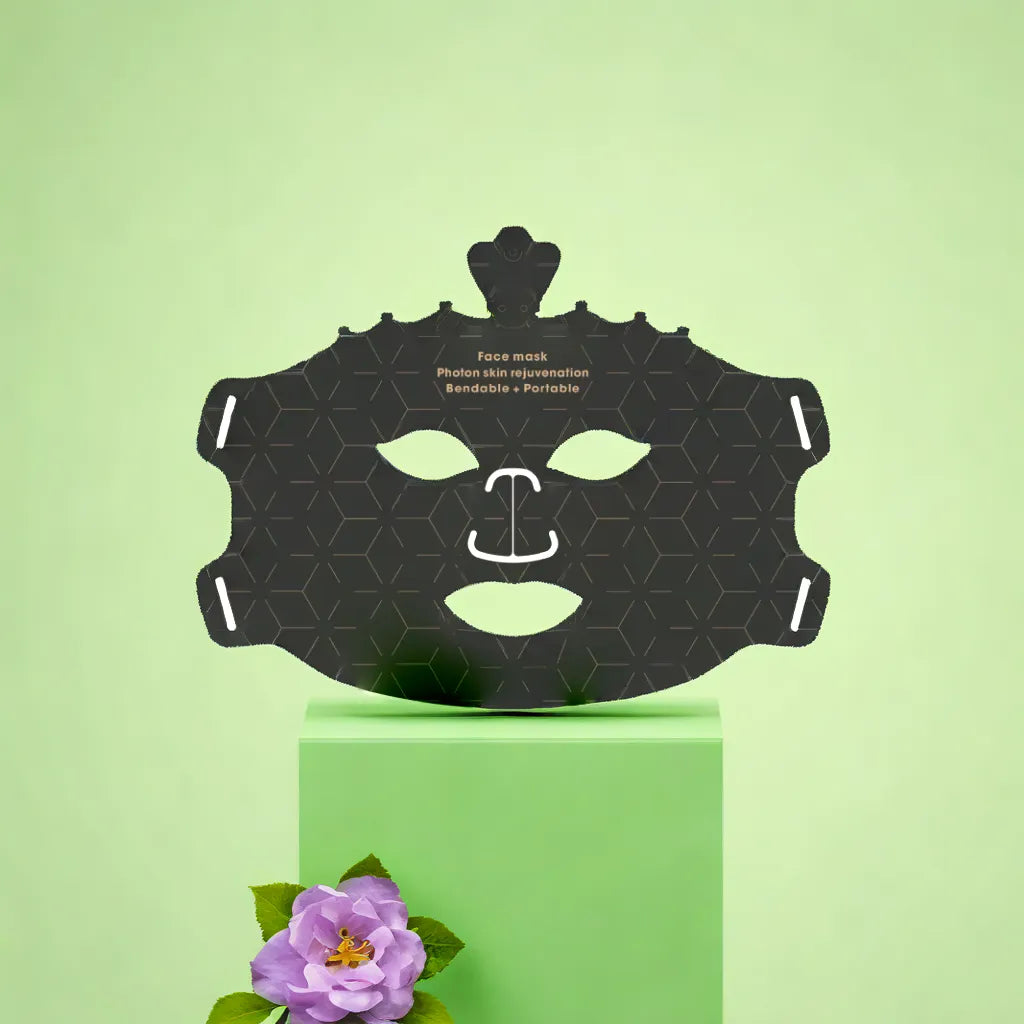
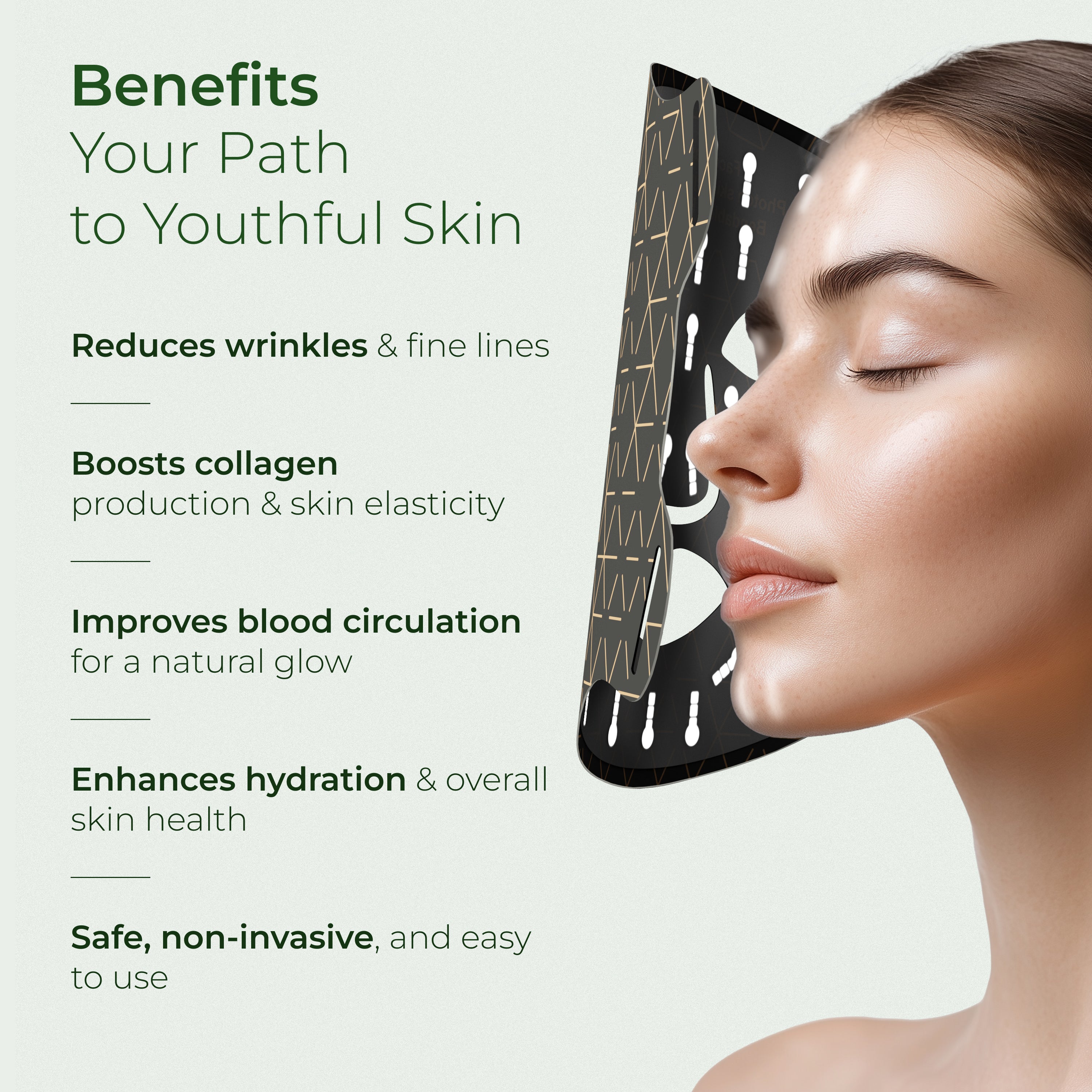
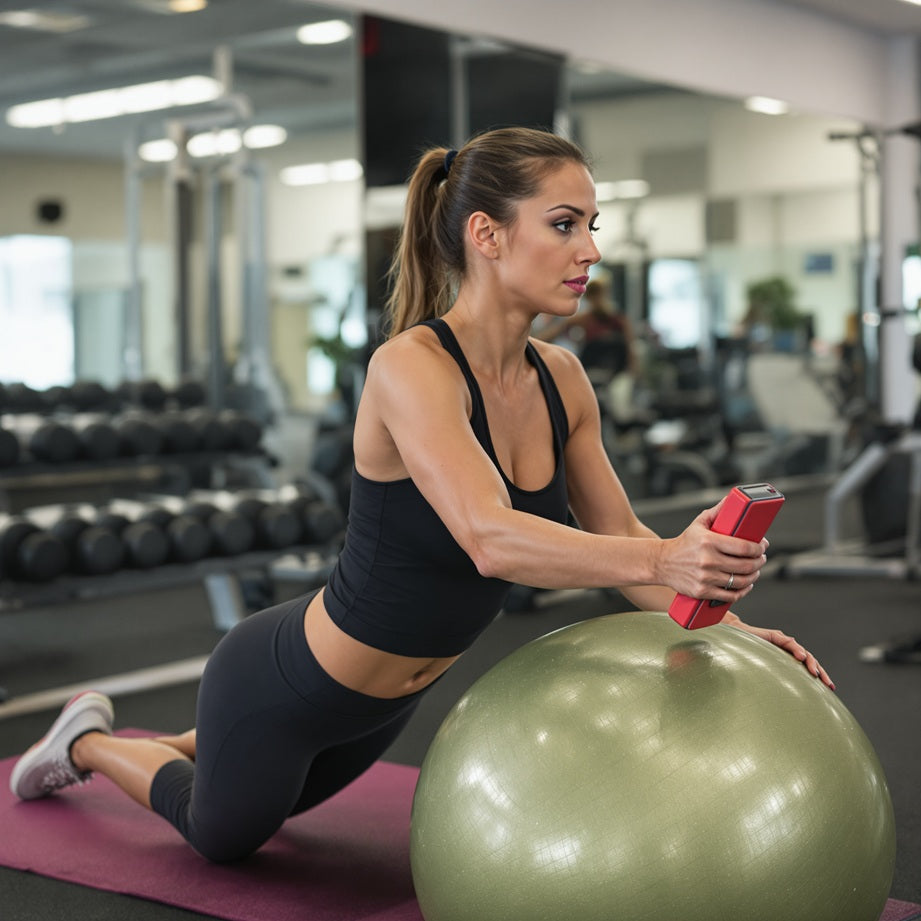
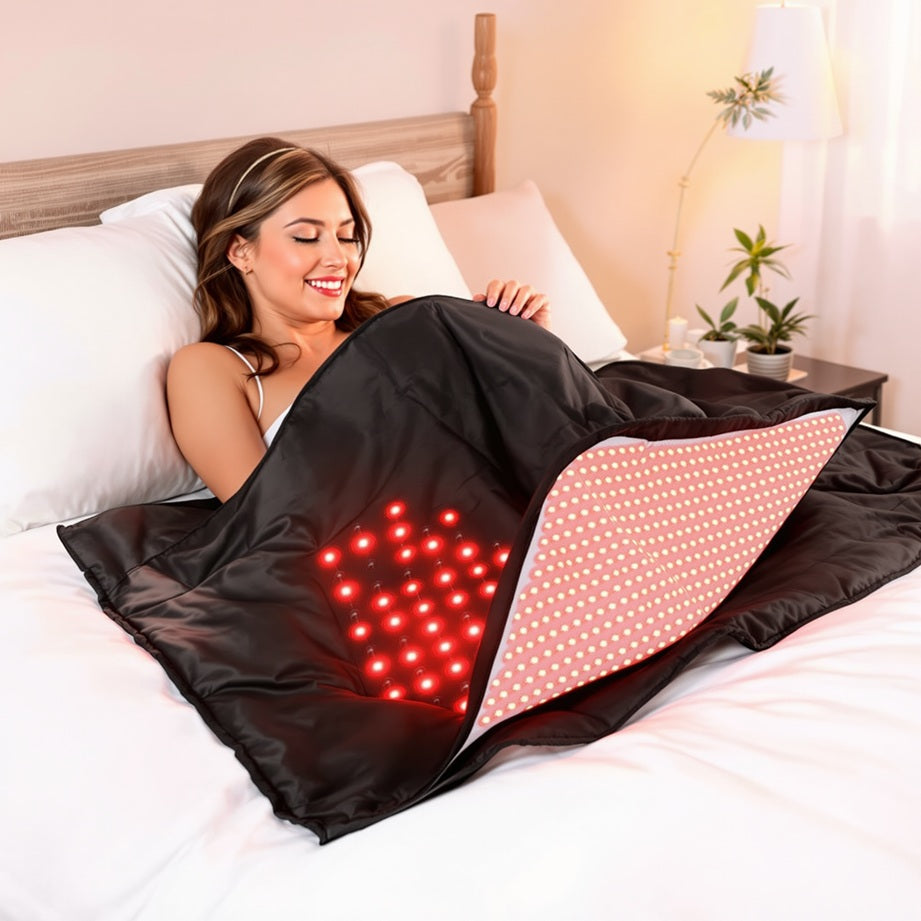
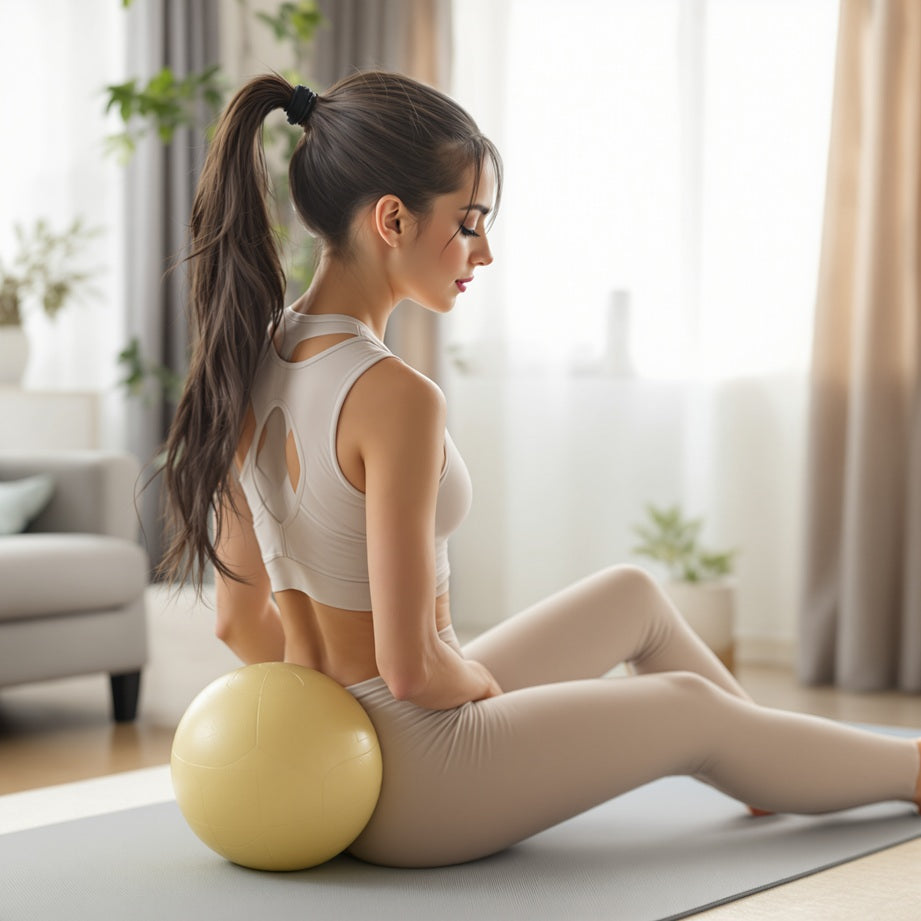
Laisser un commentaire
Ce site est protégé par hCaptcha, et la Politique de confidentialité et les Conditions de service de hCaptcha s’appliquent.